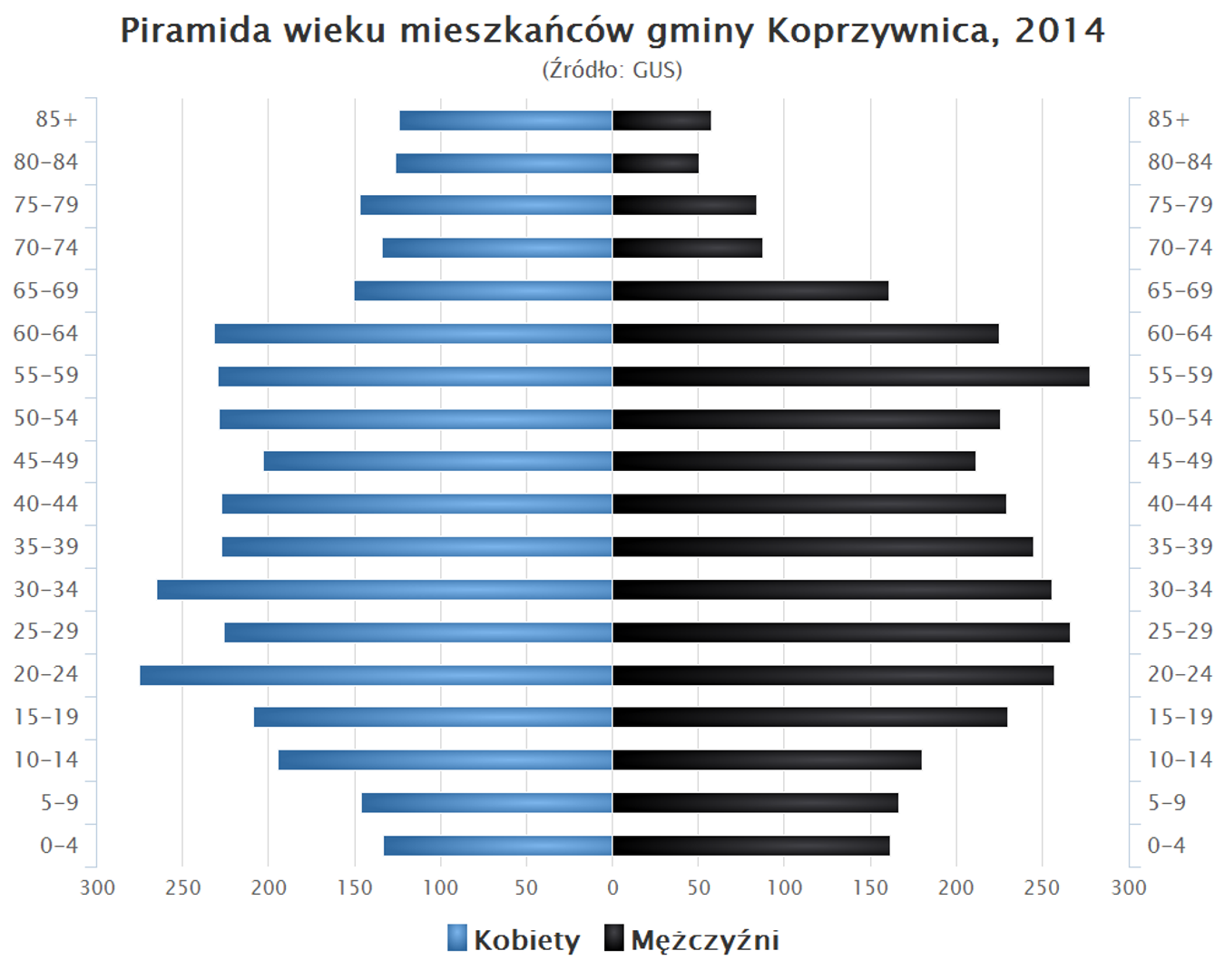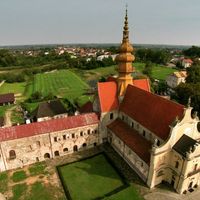Koprzywnica
6.02

Overview
Koprzywnica is an urban-rural municipality located in the Świętokrzyskie Voivodeship, within the Sandomierz County. The seat of the municipality is the town of Koprzywnica, which boasts a rich history dating back to the times of the Kingdom of Poland, when it belonged to the Sandomierz County in the Radom Governorate. Between 1975 and 1998, the municipality was part of the Tarnobrzeg Voivodeship. At the end of 2010, the municipality had a population of 7,020, but according to data from the end of 2019, this number had decreased to 6,634. Koprzywnica is a typical fruit-growing municipality, indicating significant development in fruit cultivation in the region. The land structure of the municipality shows that the share of agricultural land has decreased in recent years in favor of an increase in unused land. The municipality covers an area of 69.19 km², which constitutes 10.24% of the Sandomierz County. In terms of budget, in 2010, the average income per capita was PLN 2,834.17, which is significantly lower than the average expenditure of PLN 3,510.19 per person. The municipality includes several villages, such as Beszyce, Ciszyca, Dmosice, Kamieniec, and Trzykosy. It borders the municipalities of Klimontów, Łoniów, Samborzec, and Tarnobrzeg.
The Koprzywnica Municipality, with its rich history and dynamically changing landscape, is a place with great development potential, particularly in fruit cultivation. Architecturally, the municipality maintains a traditional style that blends with the natural surroundings. The local culture is centered around a connection to the land and agricultural traditions, which is reflected in the daily lives of its residents. An interesting aspect is the impact of economic changes on the land structure, which has prompted farmers to engage in afforestation and has led to a decline in income from agricultural land.
In summary, the Koprzywnica Municipality is a place that combines rich cultural and historical heritage with a dynamically changing economic landscape, making it an interesting example of a Polish rural area with potential for development in fruit cultivation.
Location
You can also find here:
2025 Wizytor | All Rights Reserved
